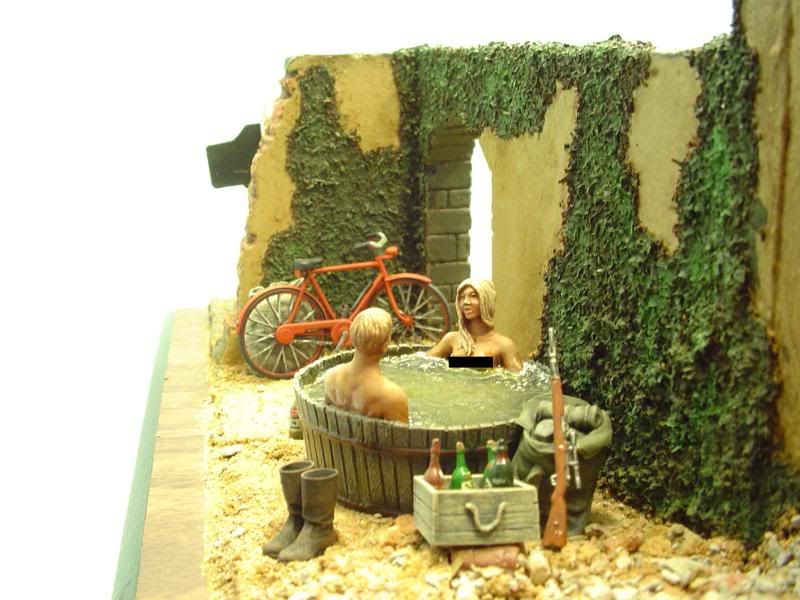You can build up the water using clay or celluclay, color it in greens/blues, then use any gloss varnish for the finish and give yourself a respectable illusion of deeper water:

DISCLAIMER: this picture is being used only for educational purposes to help in describing a modeling technique. It is NOT intended to glorify nudity or the human body in any way, hence the black boxes.